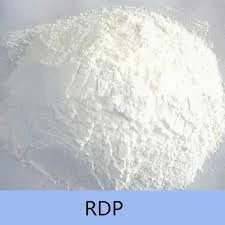4. Fowl Pox A slow-spreading viral disease characterized by lesions on the comb, wattles, and other fleshy parts of the bird's body. Fowl pox can be transmitted through direct contact or through mosquito bites. Vaccination is the primary method for controlling fowl pox outbreaks.




